American towns that used to be rich, but are now poor
Towns that went from rich to poor
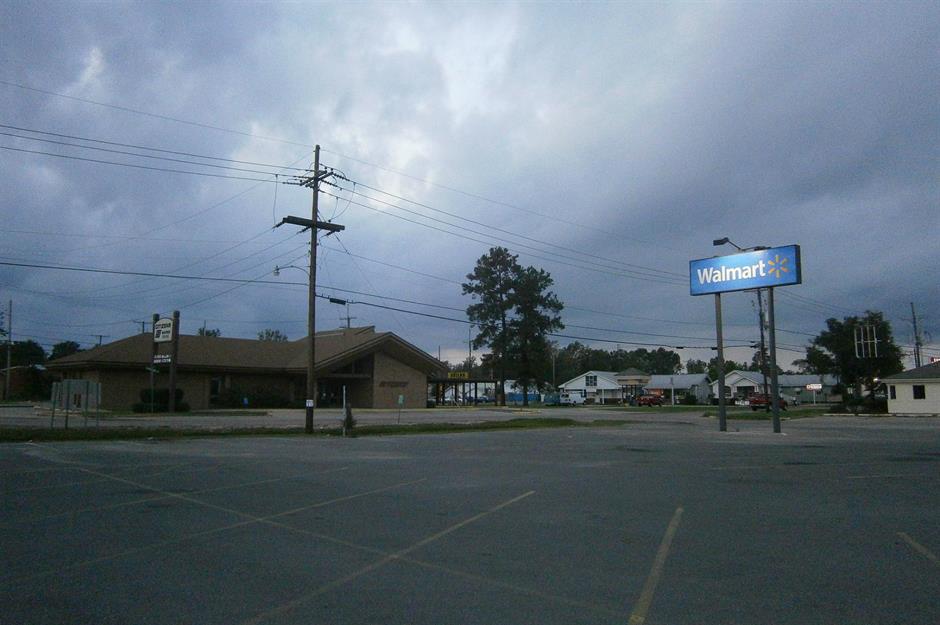
Whigham, Georgia: poverty rate – 13.7%
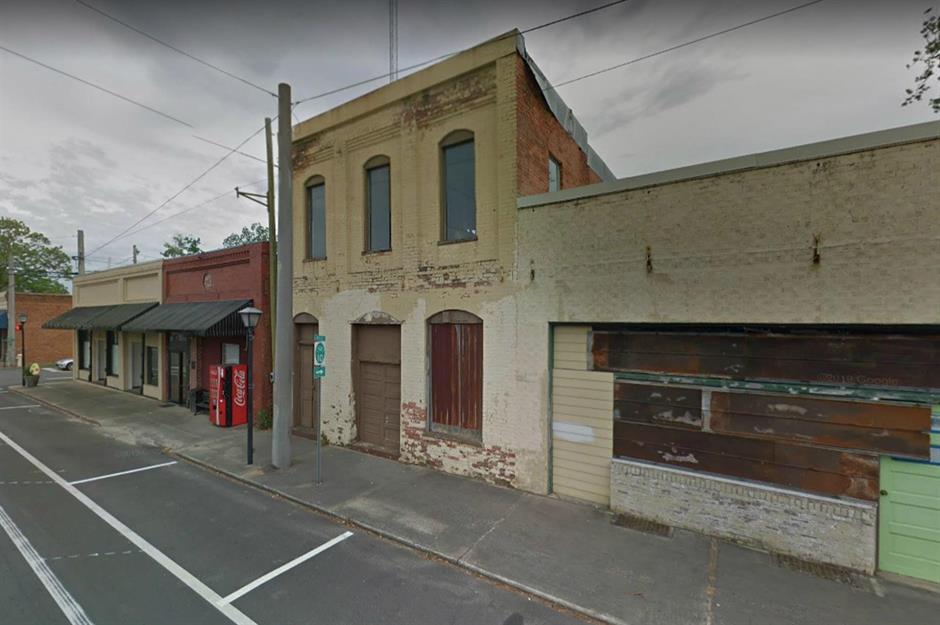
Whigham, Georgia took a severe hit during the Great Depression and lost more than one-third of its already small population, taking it down to 442 people by the time of the 1930 Census. Although the population peaked at around 600 residents in 2000, there were just 552 left in 2020. The median household income is currently $37,431 and the poverty rate is 13.7%.
Whigham, Georgia: poverty rate – 13.7%

But the streets of Whigham weren't always so empty. Named after the merchant Robert Whigham, the city was founded in the late 19th century and is located on Georgia’s southern border. Surrounded by fertile soil, Whigham and the wider Grady County was once an affluent hub of agriculture and was home to many farms and companies providing farm-related services.
West Blocton, Alabama: poverty rate – 18.5%

West Blocton, Alabama: poverty rate – 18.5%
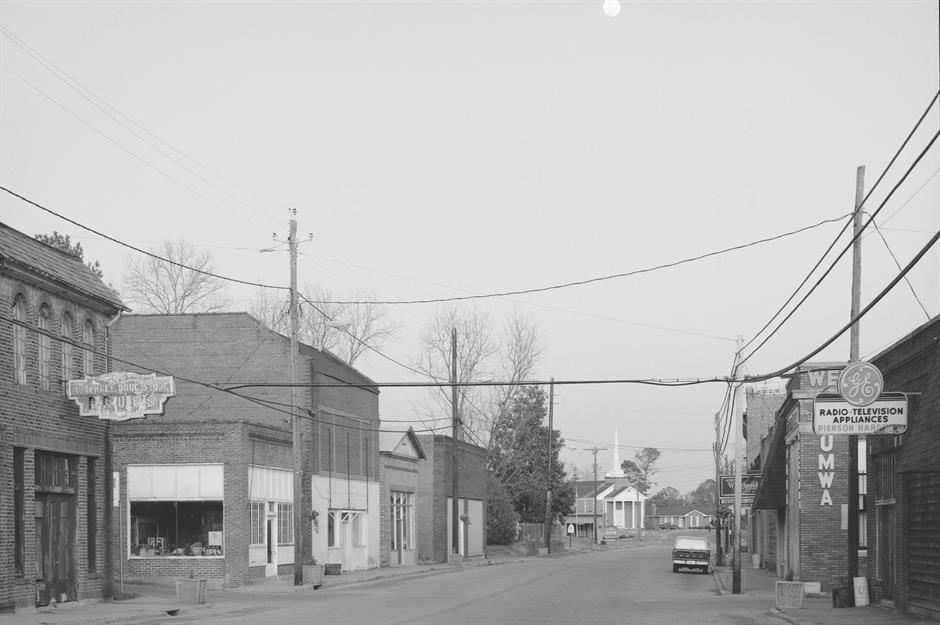
The coal rush of the late 19th century attracted people to West Blocton, with laborers toiling down the mines and working on the coke ovens. A fire in 1927 nearly destroyed the town, with dozens of businesses and properties damaged. However, buildings such as the I&N Quality Store, which sold clothing and furniture, were rebuilt, and the town got back on its feet. There wasn't much time for recovery though: the 1929 stock market crash and subsequent Great Depression signified the start of the downtown’s decline.
Bogalusa, Louisiana: poverty rate – 31.5%
.jpg)
Bogalusa, Louisiana: poverty rate – 31.5%
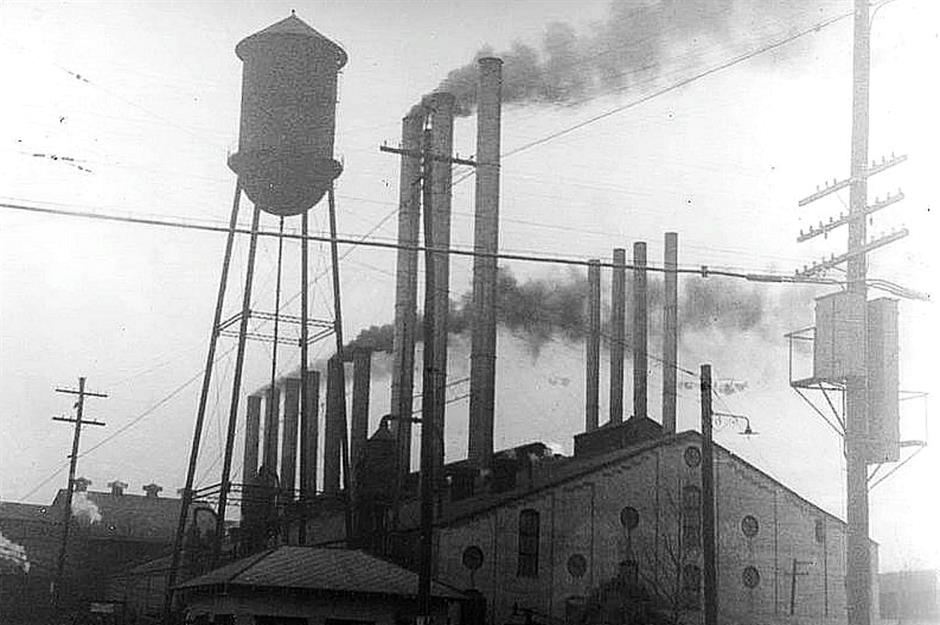
But Bogalusa had a healthier economy in the days when it had a flourishing timber industry, creating jobs and putting the town on the map. The timber industry, however, went into decline in the 1960s.
These haunting photos show the decline of the American Dream
Camden, Arkansas: poverty rate – 31.8%
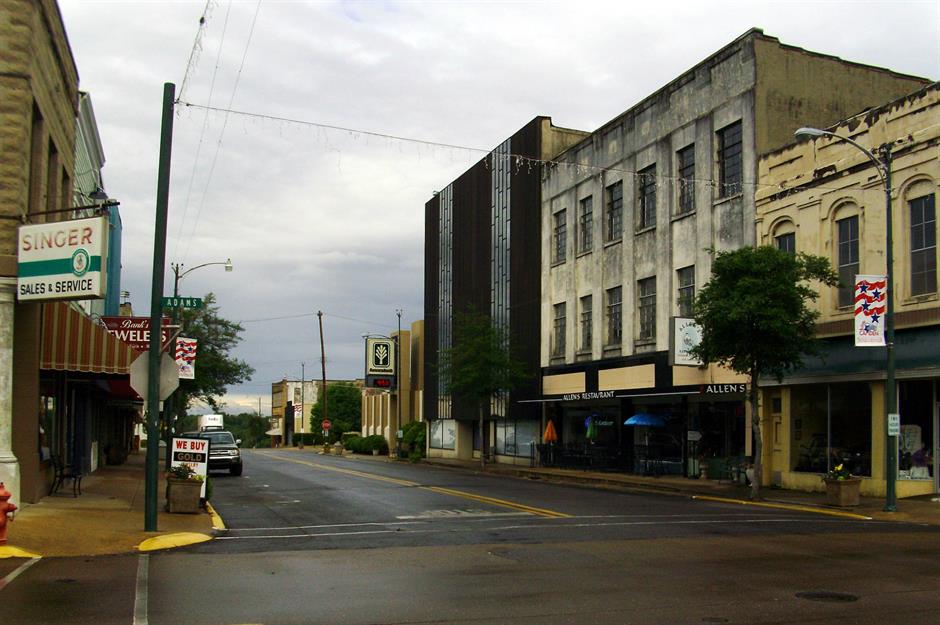
Camden, Arkansas: poverty rate – 31.8%
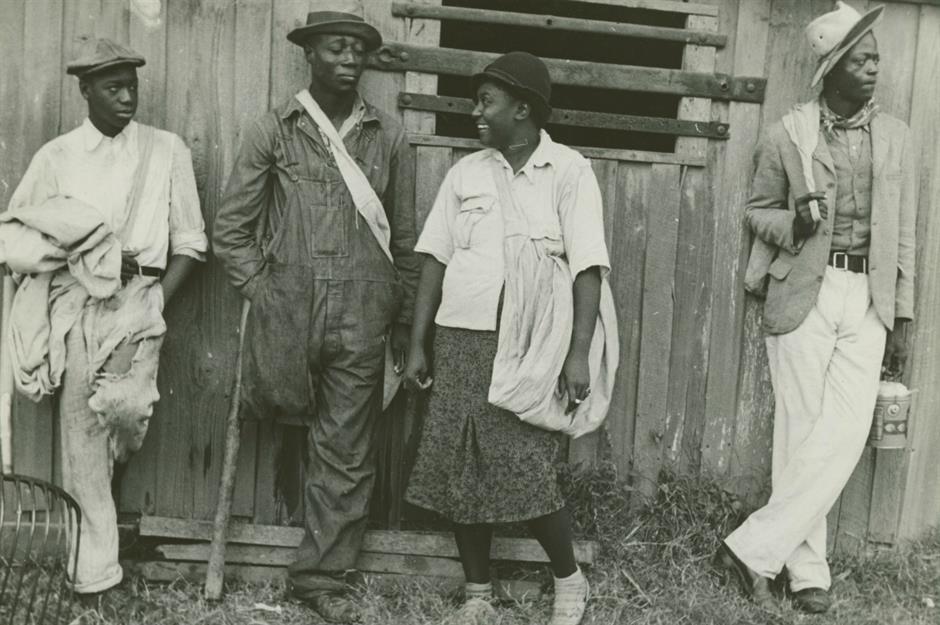
Brunswick, Georgia: poverty rate – 34.7%

Brunswick, Georgia: poverty rate – 34.7%

Laurinburg, North Carolina: poverty rate – 36.6%
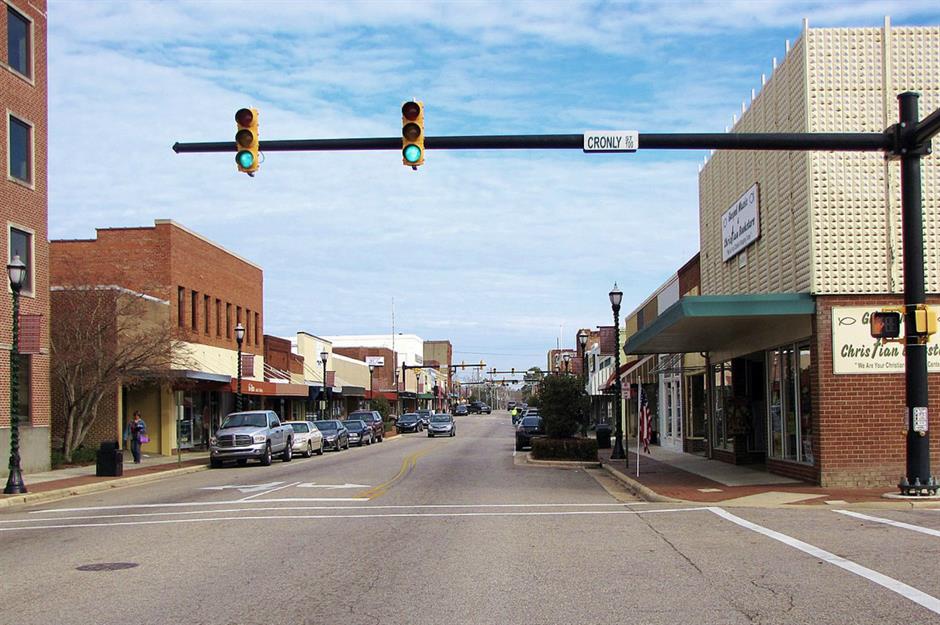
Laurinburg, North Carolina: poverty rate – 36.6%
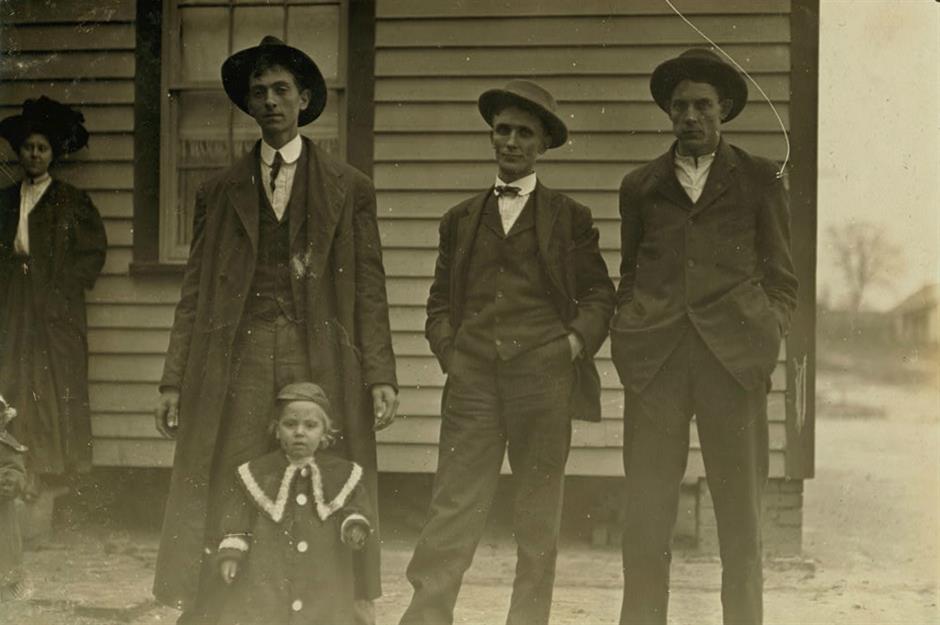
Braddock, Pennsylvania: poverty rate – 36.7%
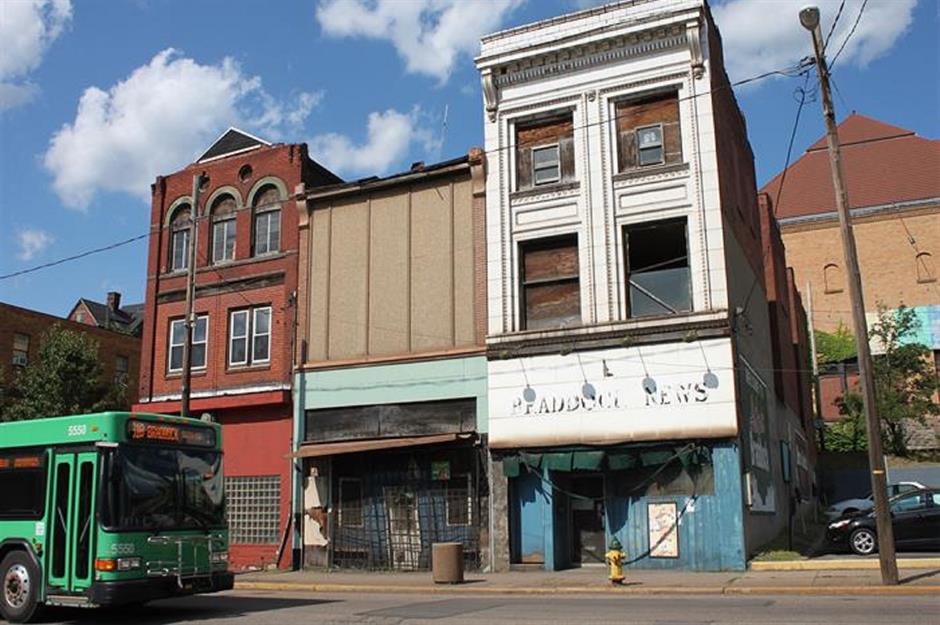
As its successful steel industry began to collapse in the 1970s, Braddock in Pennsylvania saw widespread lay-offs and mill closures. The town has lost 90% of its peak population – it was home to 20,879 residents in the 1920 Census, compared to 1,885 in the 2020 edition. The current median household income is just $21,972 and the poverty rate is 36.7%.
Braddock, Pennsylvania: poverty rate – 36.7%
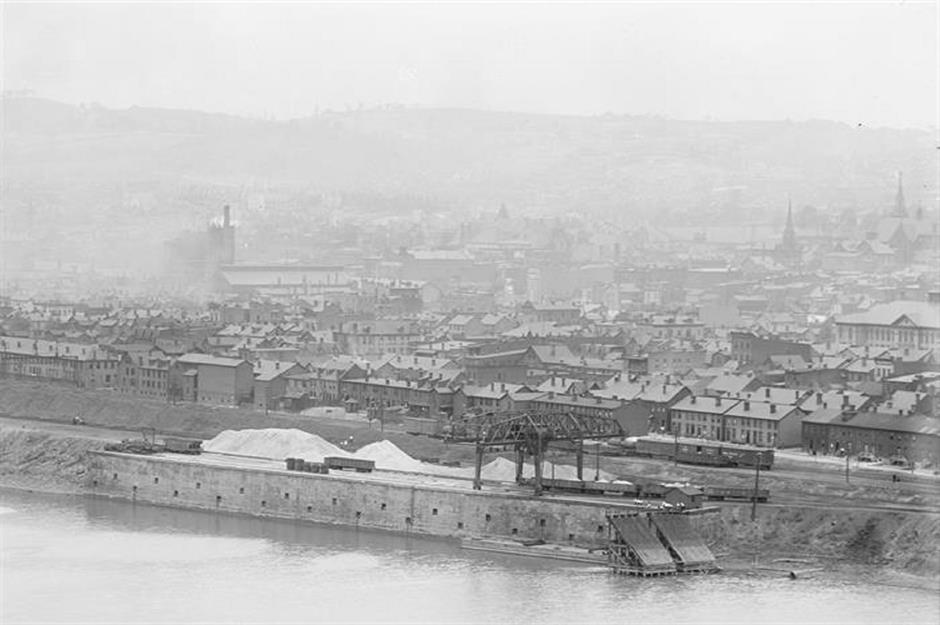
But this hasn't always been the case. In the late 1800s, philanthropic businessman Andrew Carnegie built a steel mill in Braddock, marking the beginning of the Pennsylvanian town's industrial growth and giving a generous boost to both its population and economy. Carnegie also oversaw the construction of an extensive public library, with an attached bathhouse for mill workers, a pool, and a music hall, among other amenities.
East Cleveland, Ohio: poverty rate – 37.5%
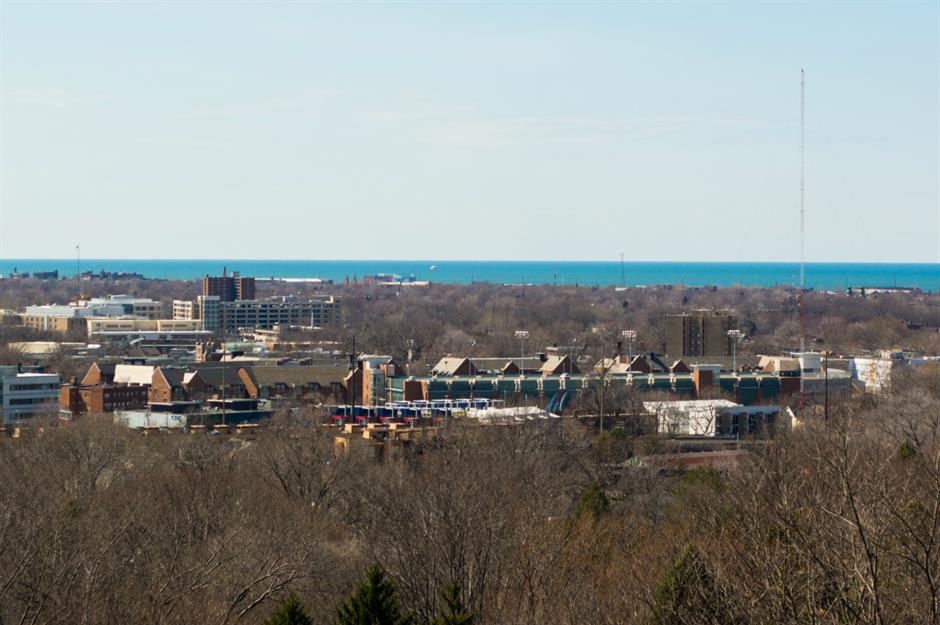
East Cleveland, Ohio: poverty rate – 37.5%
Ville Platte, Louisiana: poverty rate – 41.4%

Johnstown, Pennsylvania: poverty rate – 38.4%

Ville Platte, Louisiana: poverty rate – 41.4%
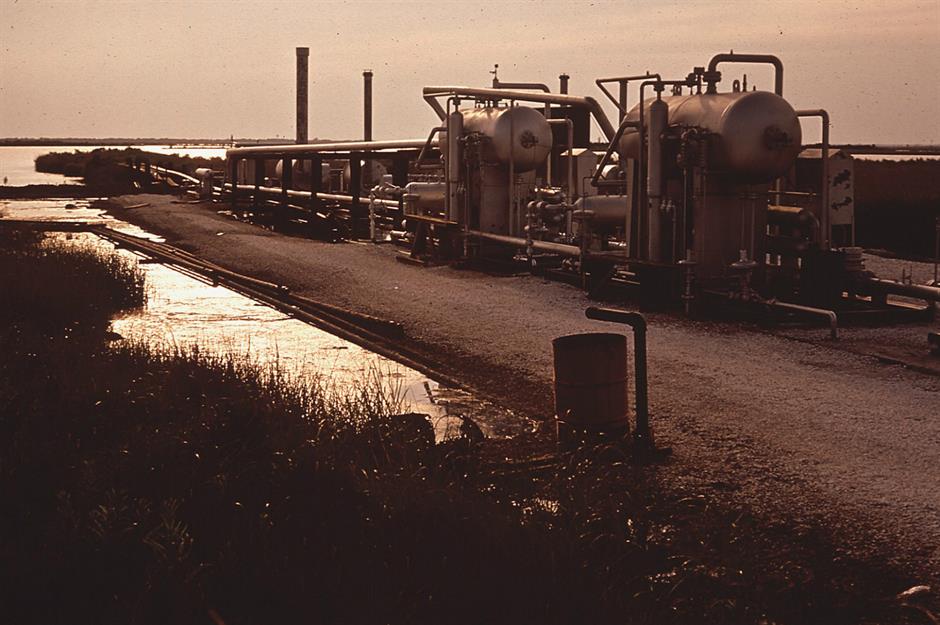
Johnstown, Pennsylvania: poverty rate – 38.4%
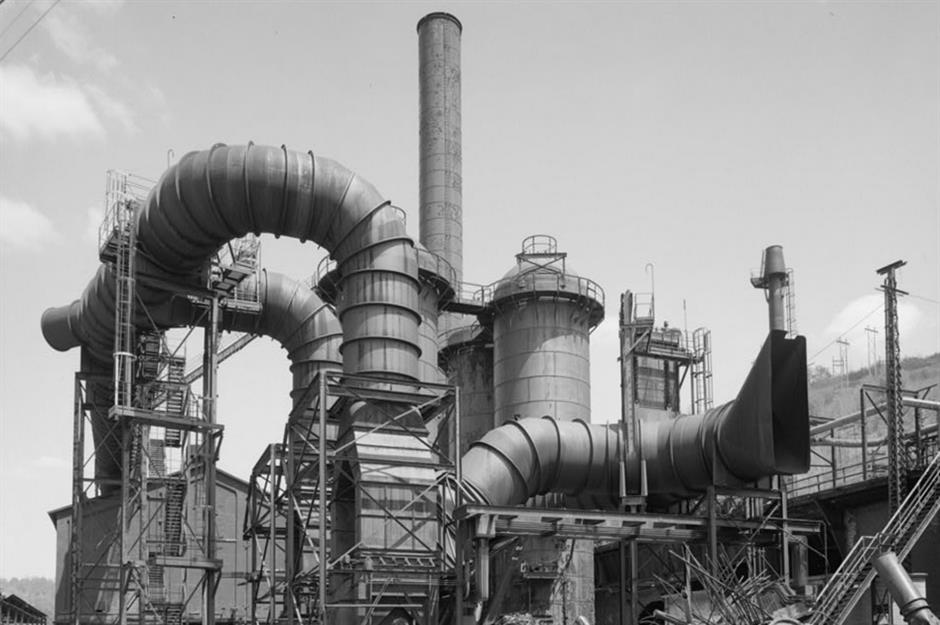
Brownsville, Florida: poverty rate – 42.4%

Brownsville's typical household income is only $25,440 and its poverty rate is 40.1%. The average home is valued at $160,700, however, suggesting homeownership may be an issue for those earning a modest income.
See the eye-opening photos that show how prosperity and poverty live side by side in some cities
Brownsville, Florida: poverty rate – 42.4%

The town, which sits on the edge of Miami, became a rich area for Black professionals in the early 1900s. Many African-Americans arrived from the Bahamas and built up its industries. That is until after World War II when white residents arrived and Black-owned businesses began to close. This photo shows jazz singer Billie Holiday performing in Georgette's Tea Room, a meeting place and guest house, in Brownsville in 1950.
Springhill, Louisiana: poverty rate – 45.6%
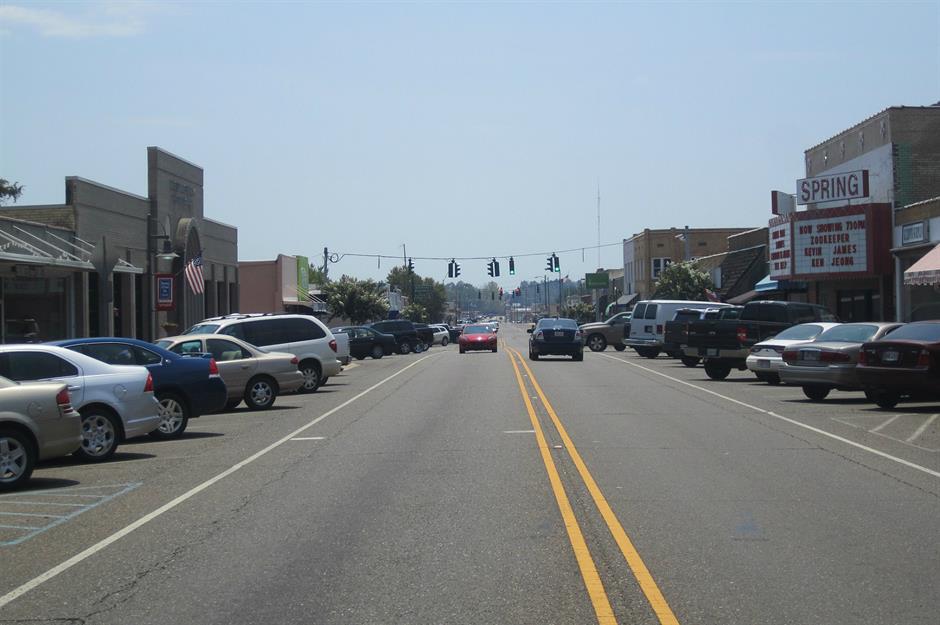
Springhill, Louisiana: poverty rate – 45.6%
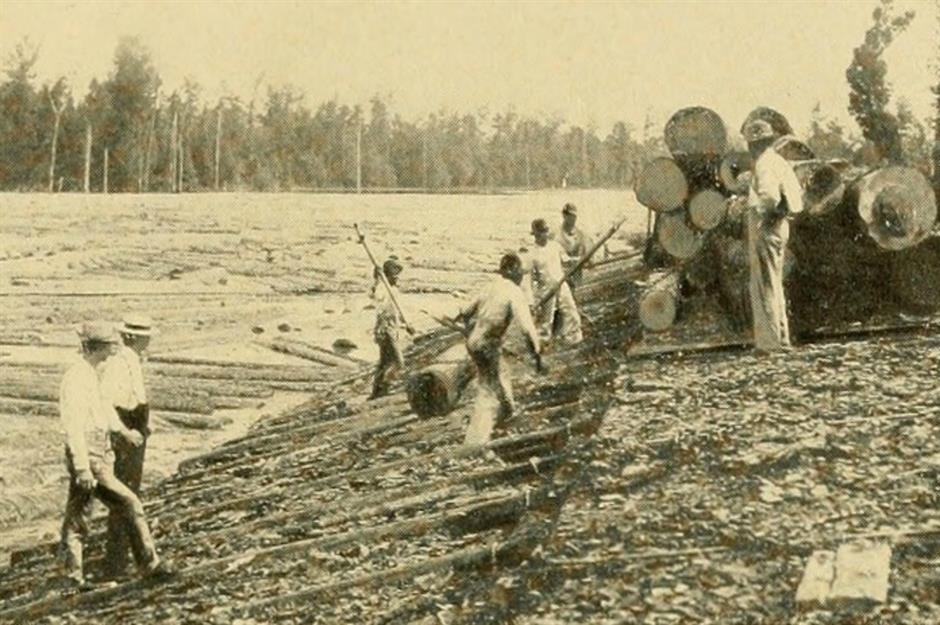
Hamtramck, Michigan: poverty rate – 46.5%
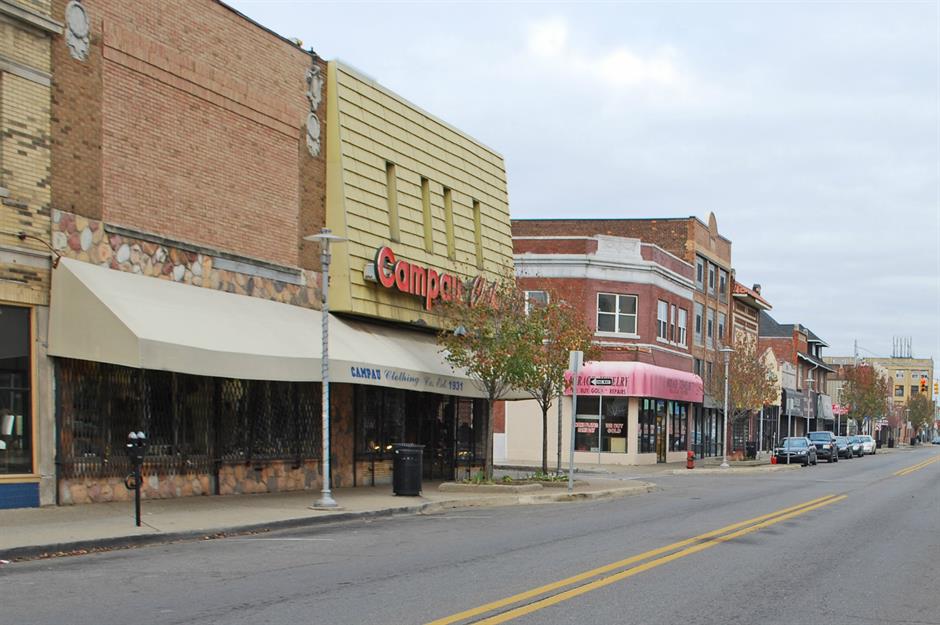
Hamtramck, Michigan: poverty rate – 46.5%
Cairo, Illinois: poverty rate – 46.5%

A history of catastrophic flooding – not to mention a series of gruesome race-motivated lynchings in the early 20th century – has damaged the reputation of Cairo, Illinois. Today, the median household income is $21,676, almost three times lower than the state-wide average of $59,196, and the poverty rate is 46.5%. Over the last 100 years, its population has dropped from around 15,000 to just 1,884.
Cairo, Illinois: poverty rate – 46.5%
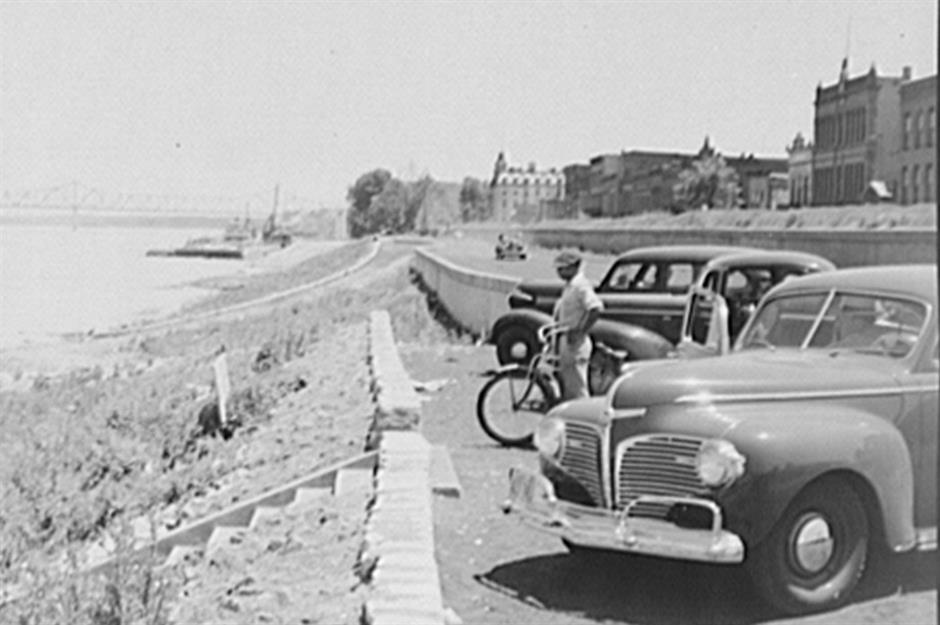
Rewind to the Civil War, however, and Cairo was on the cusp of prosperity. General Ulysses S. Grant established a camp there and once the Civil War ended, Cairo developed into a prosperous town with booming rail and ferry industries. Home to several banks, wealthy merchants built lavish homes in the area and also helped to fund community infrastructure. This included the town’s library, which featured stained glass and impressive ornate woodwork.
On a more positive note, these are the US states where salaries are rising fastest
Comments
Be the first to comment
Do you want to comment on this article? You need to be signed in for this feature